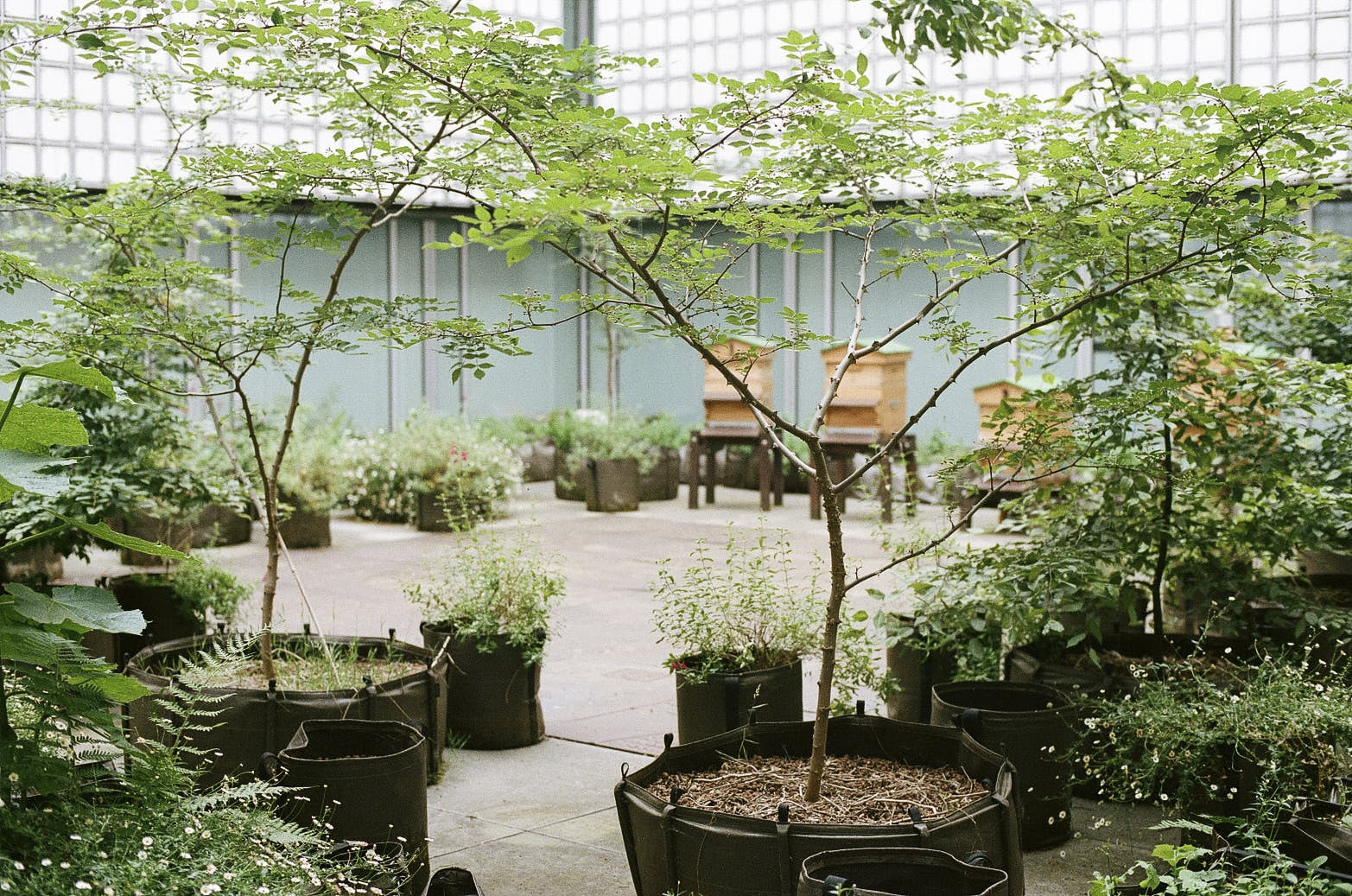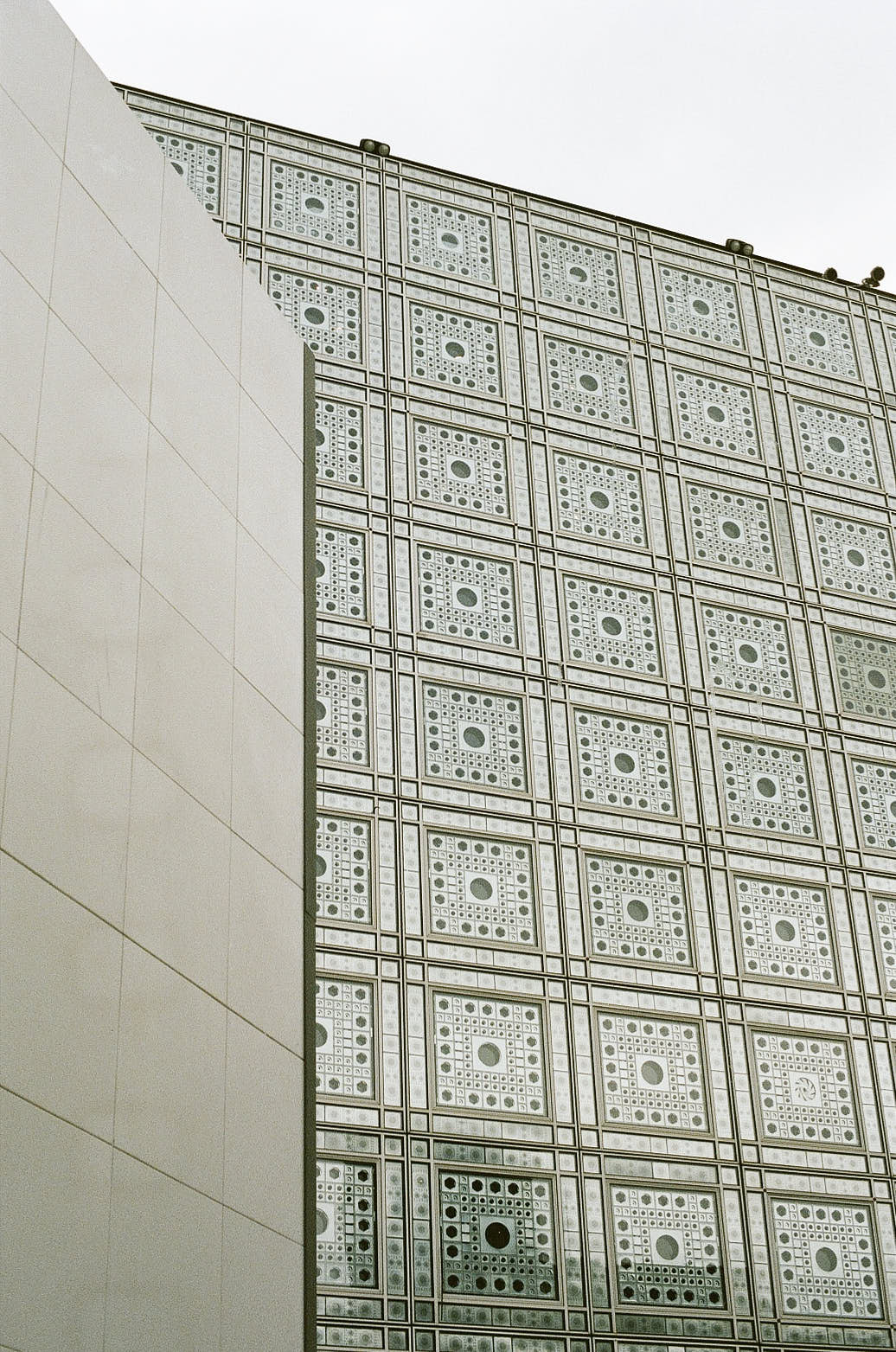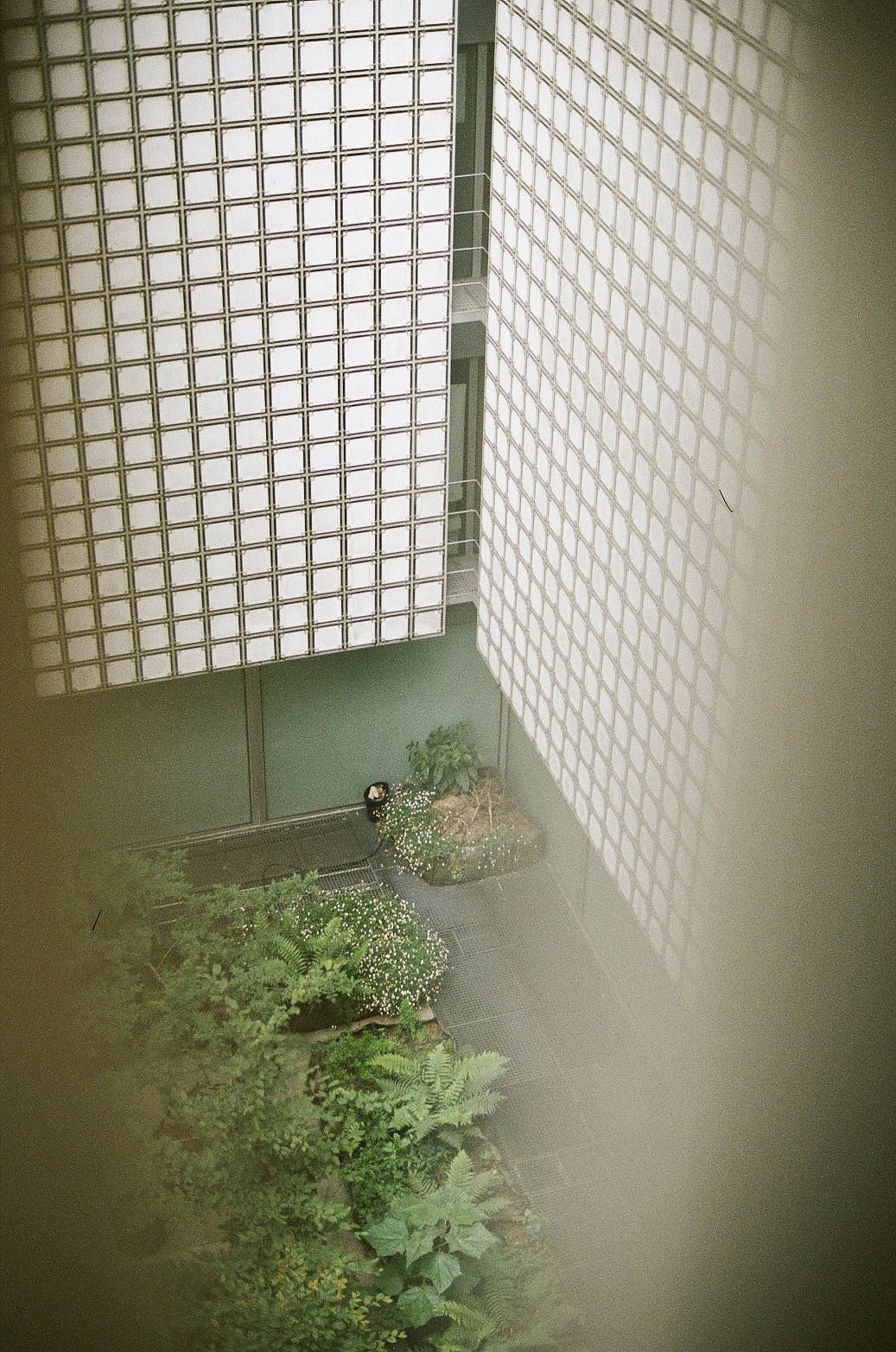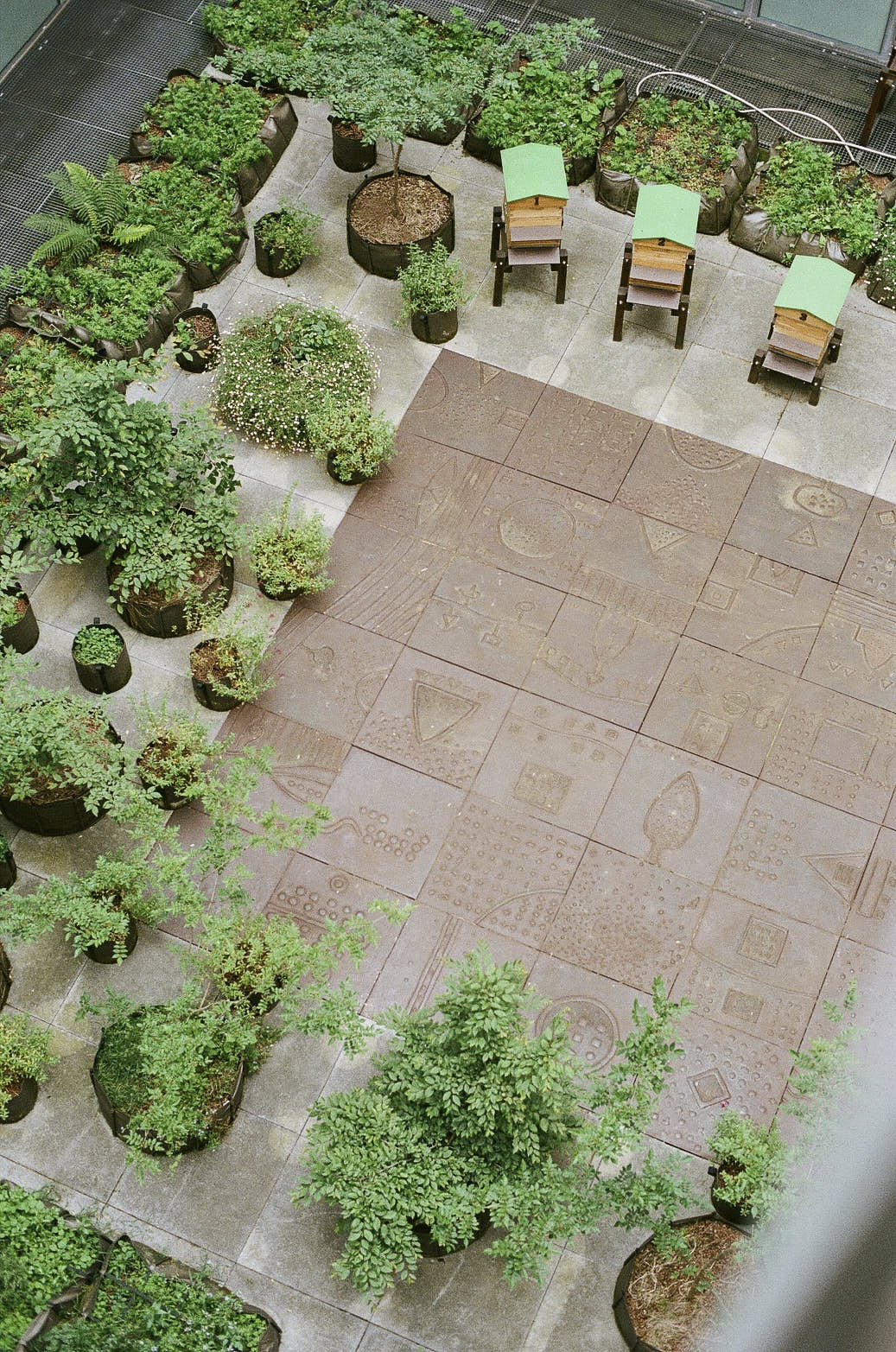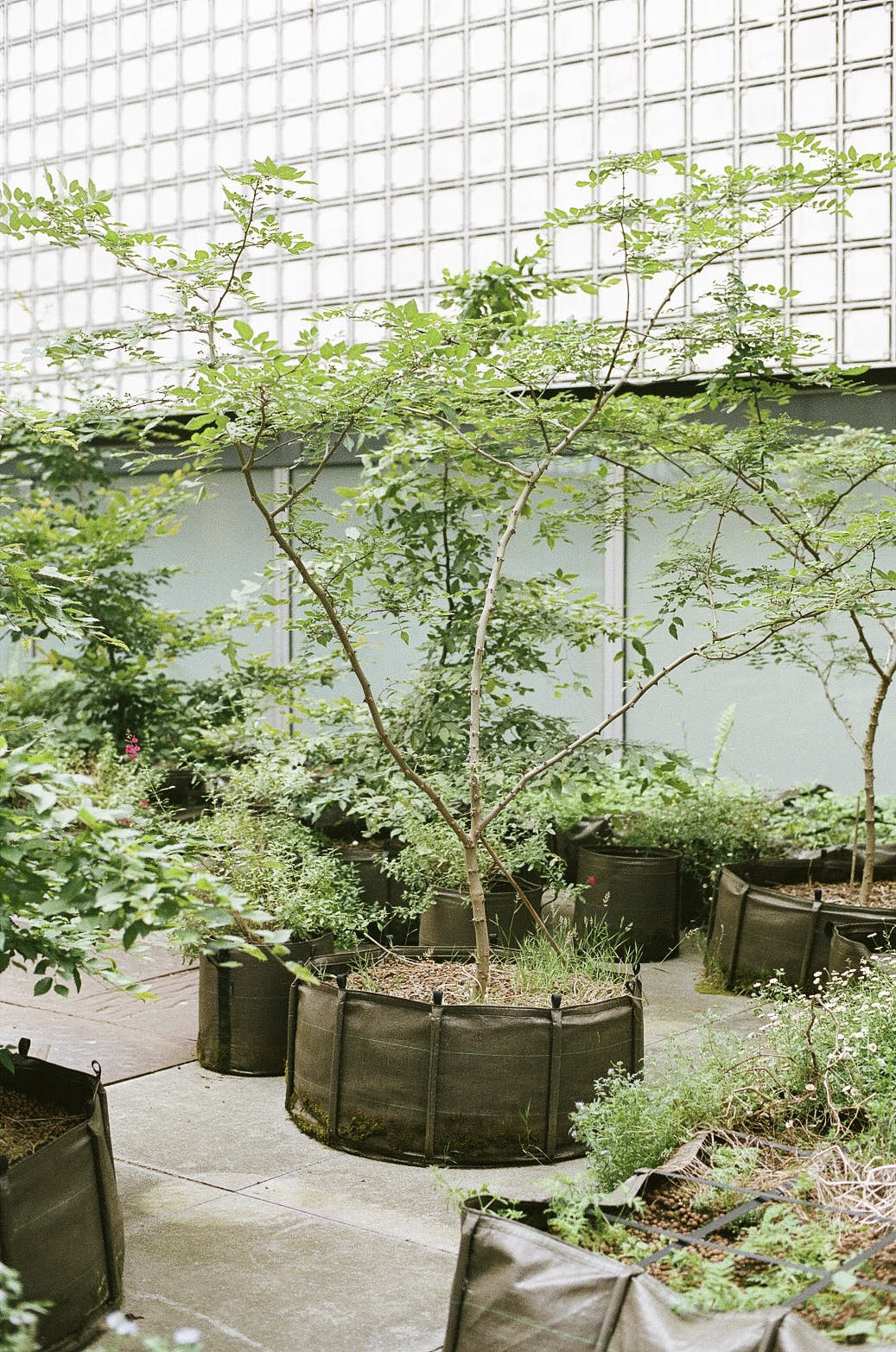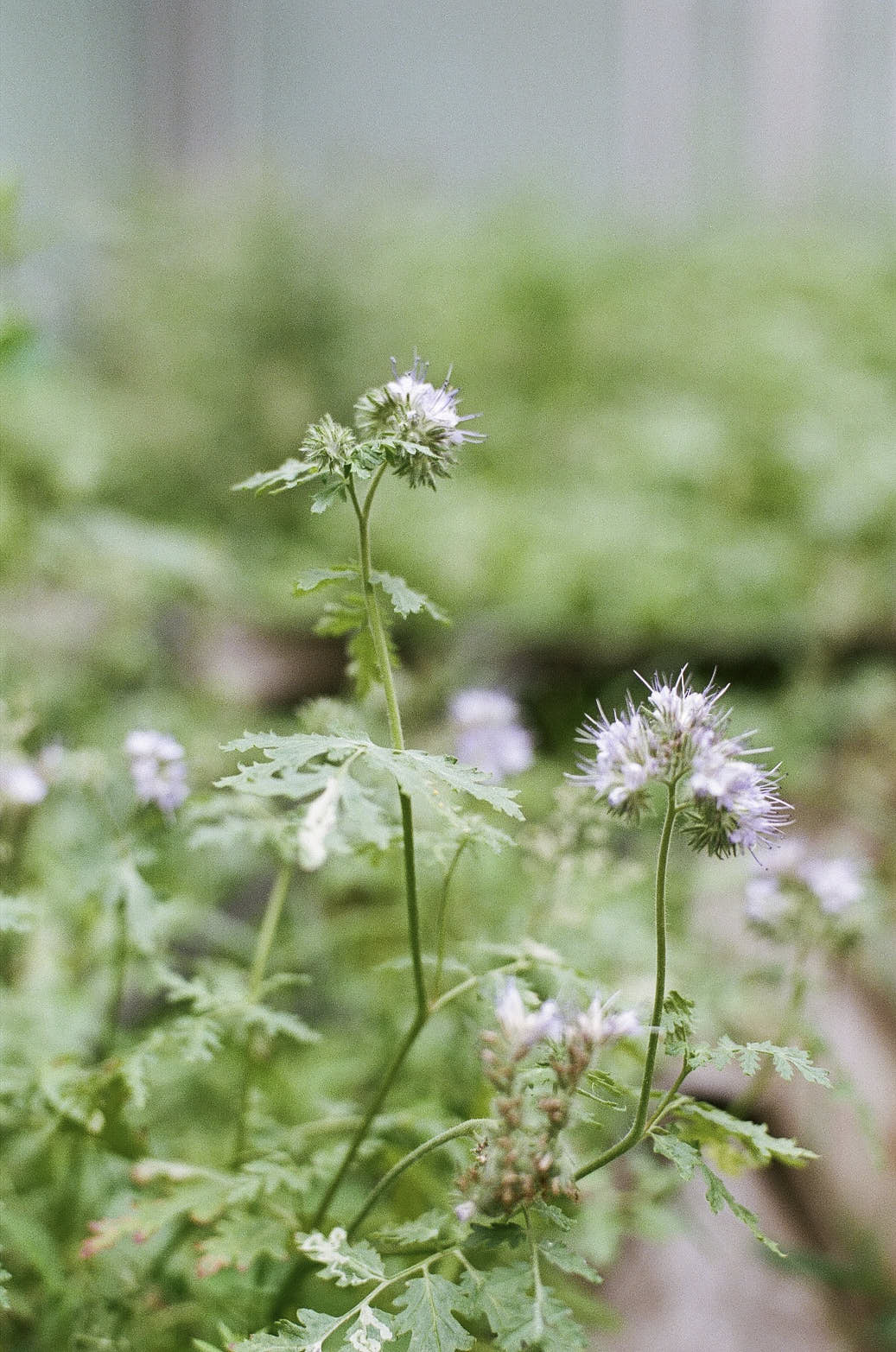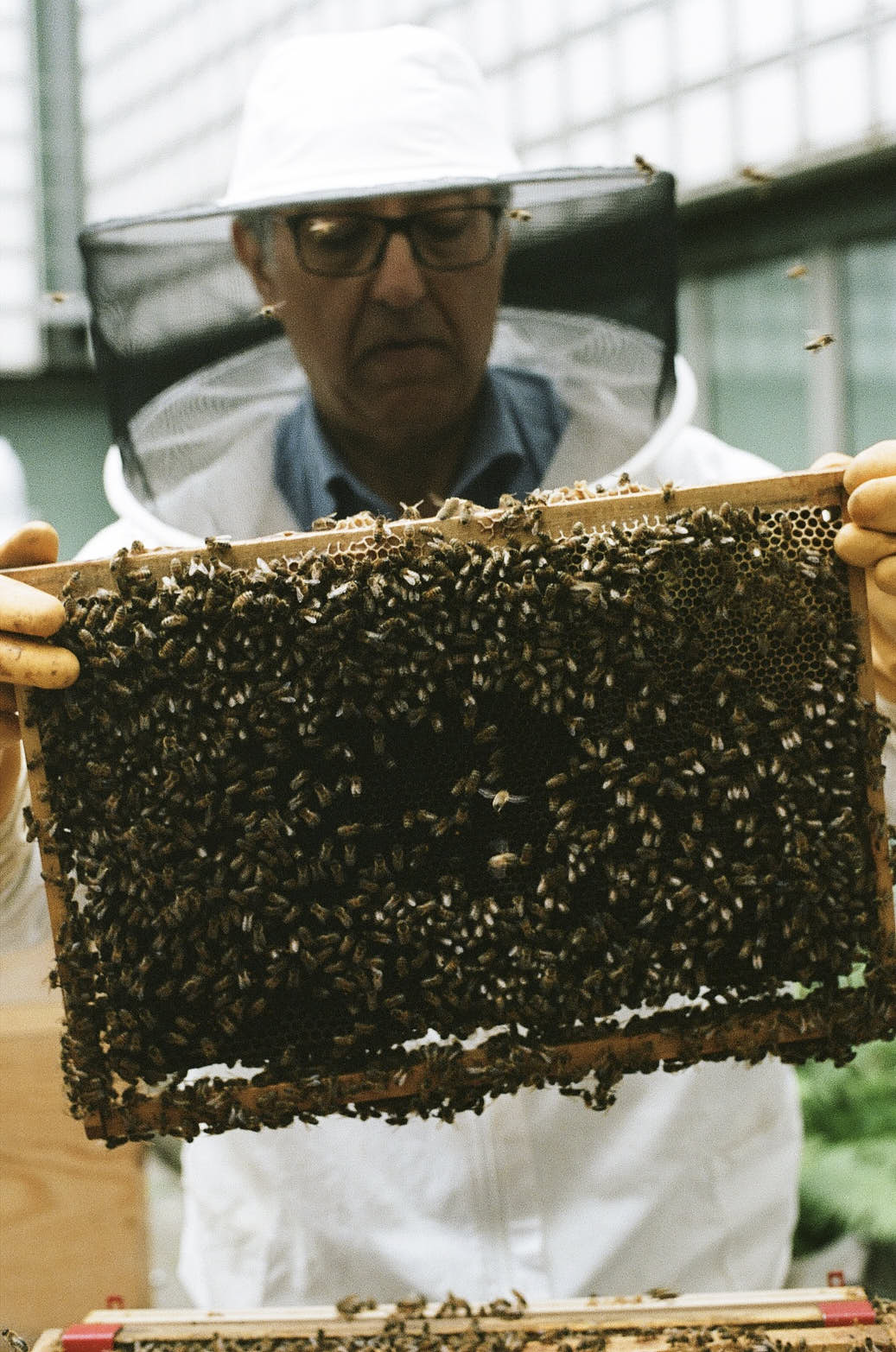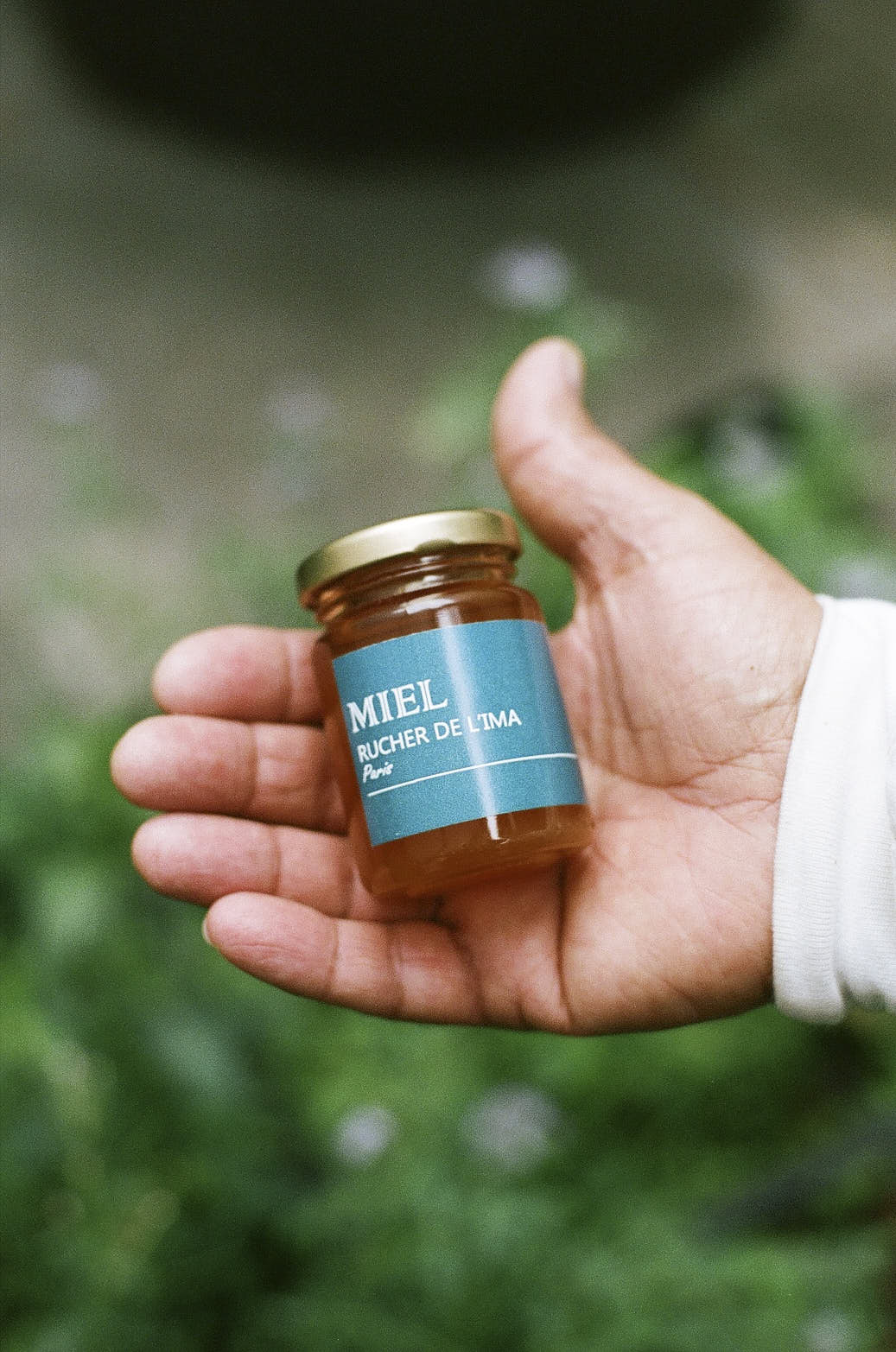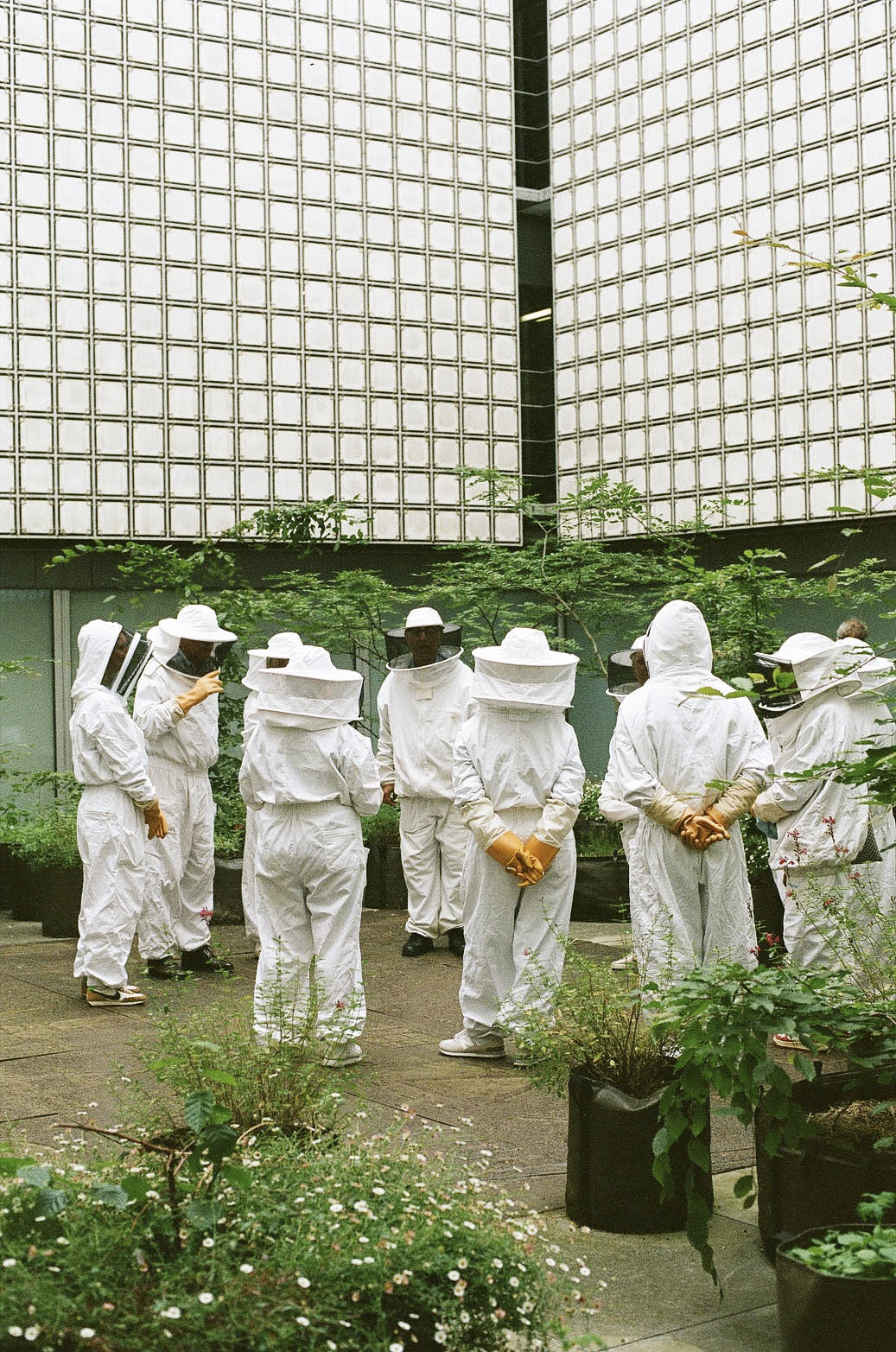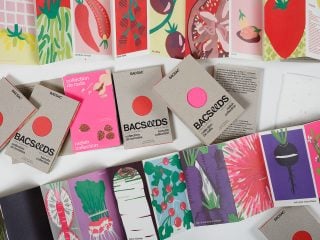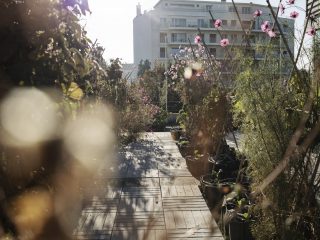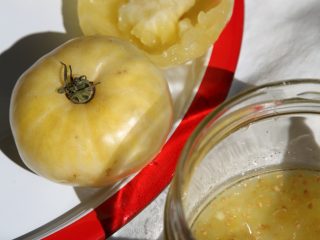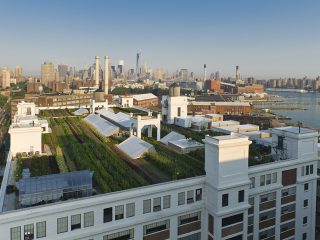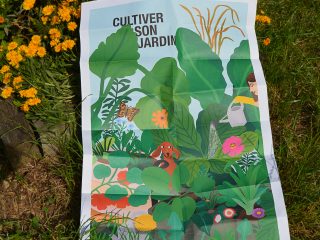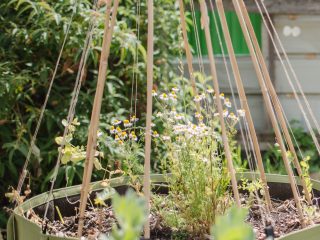The iconic Parisian building – a museum dedicated to Arab civilisations – with its facade inlaid with 240 mashrabiyas that open and close according to the variations in light, features a patio on the 4th floor which remained barren for a long time.
30 years after its inauguration in 1987, the installation of beehives brought this outdoor space to life, complemented by a saffron field planted in garden beds at the behest of Bien élevées. And although the saffron production stopped in 2020, the BACSAC planters have remained, and are now discreetly tended by Dominique Vander-Heym, the building's technical manager. He introduced melliferous plants that can tolerate partial shade - microphyllous sage, phacelia, clover, Erigeron daisies – and oversees the healthy growth of the dozens of trees that complete the landscape, such as the Sichuan pepper tree and the Truffle hornbeam.
The hives’ tens of thousands of bees are looked after by Walid Loulidi - master beekeeper and founder of the Paris School of Urban Beekeeping. Every day, the foraging bees soar above the skylight to visit the surrounding flora, particularly that of the Jardin des Plantes botanical garden just a stone's throw away. Back at the hive, laden with pollen and Parisian nectar, they produce a delicious honey that is sold in the museum shop. Mr Loulidi is keen to pass on his knowledge of the life of bees and the essential role they play in our lives, and does so through lectures and visits to the apiary , which are free and open to all.
« Bees come from heaven, sent to earth to prepare for the arrival of humans. They are more precious than anything else. »
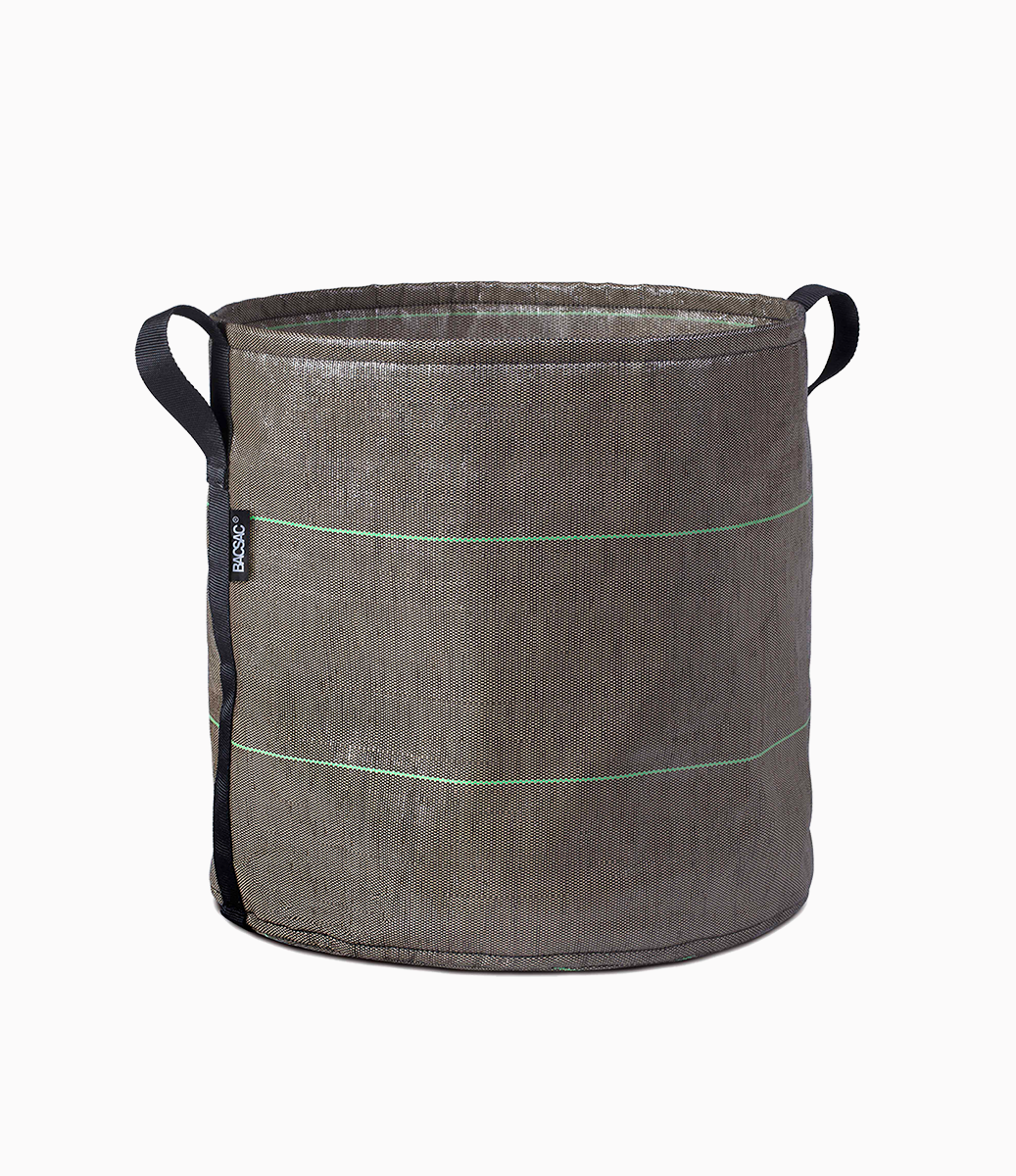
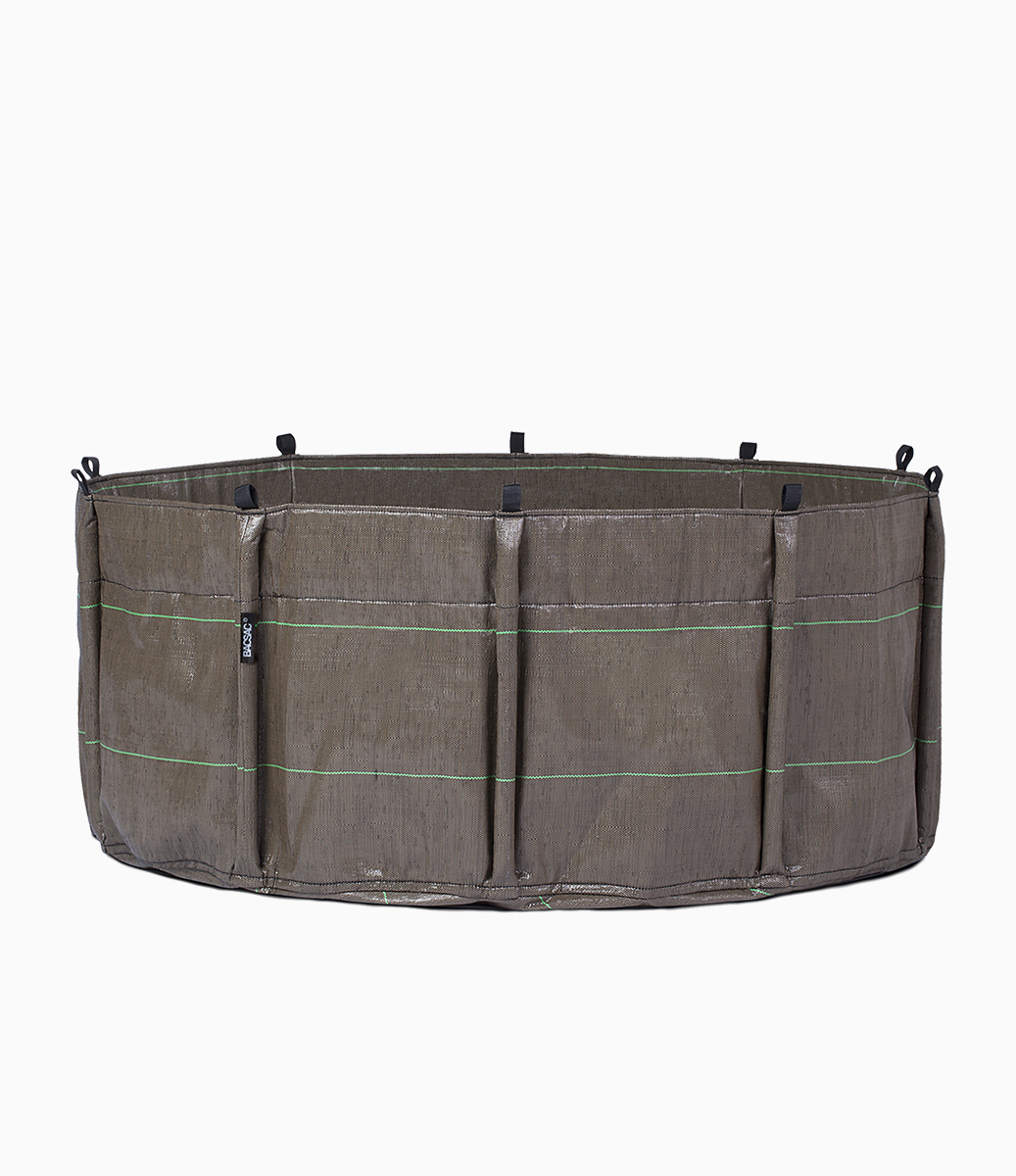
📸 Léa Guintrand / ✍️ Caroline Fontaine


